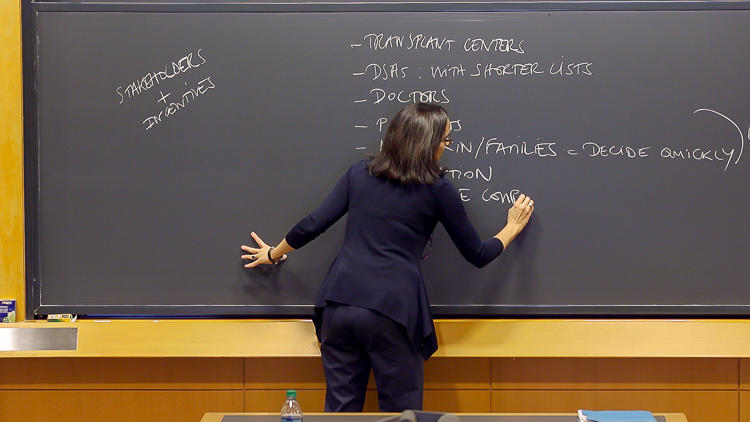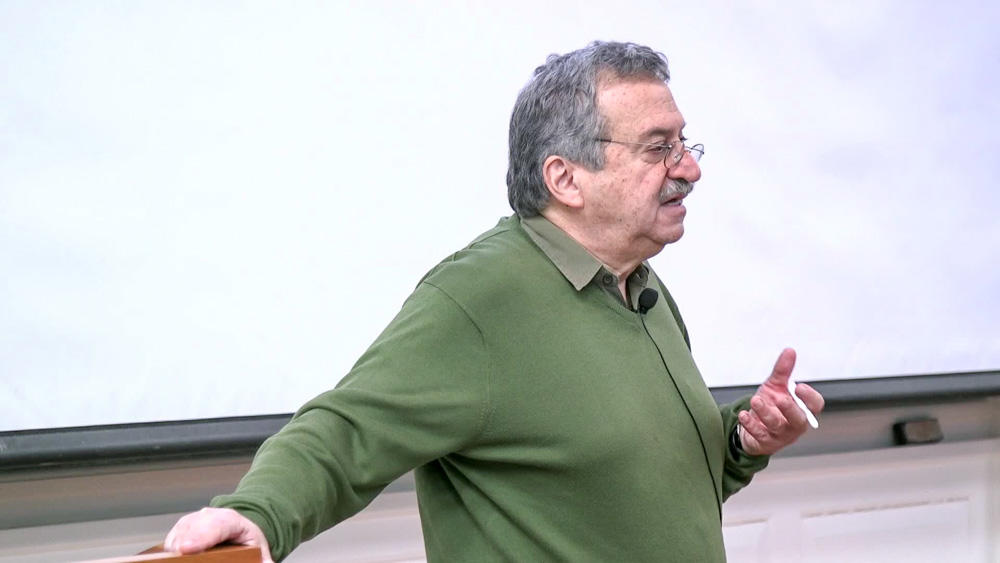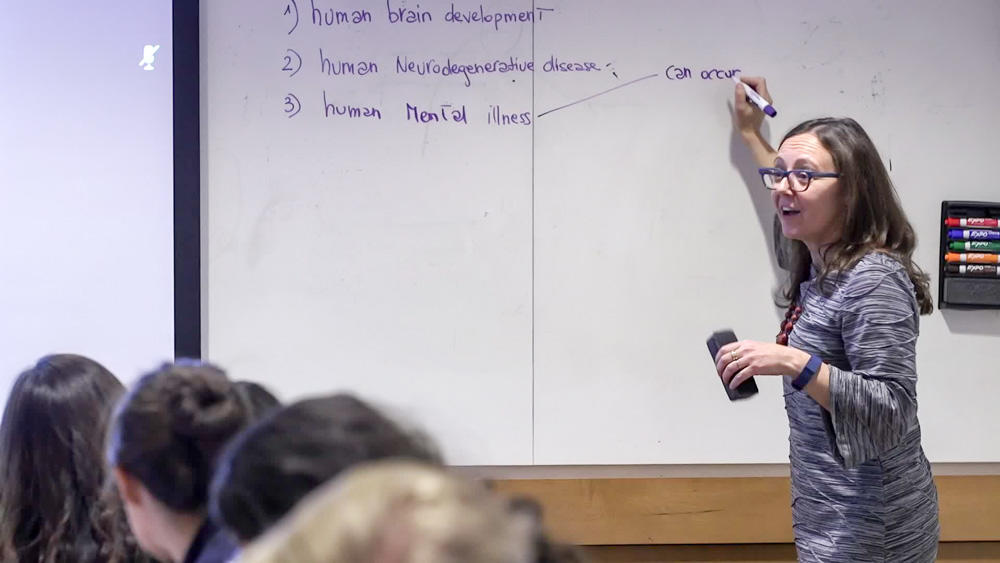While we know that understanding is developed through deep and involved discussions of course content, many students benefit from additional written and visual scaffolding. In this video, Gretchen Brion-Meisels discusses how she uses graphic organizers, both for small-group discussions and in whole class share-outs. These organizers help students keep track of their learning and “hold onto” key ideas they generate in class. In small-groups, Brion-Meisels makes these graphic organizers optional, letting students decide how much they need to use them in order to have generative discussions. She also collects these graphic organizers after class, summarizes the key ideas, and then shares those ideas back with all student thus enabling students to learn from each other through their own note-taking.
Making thinking visible
Instructor
Gretchen Brion-Meisels, Lecturer on Education
Student Group
Graduate
School
Harvard Graduate School of Education
Course
Partnering with Youth in Educational Research and Practice
Group Size
23 students
- Graphic organizers can serve many purposes for students, from helping them take notes on a lecture, to recording different perspectives in a group discussion, to synthesizing their thinking at the end of a lesson. Consider your day’s learning goals when creating graphic organizers so they feel purposeful for that session.
- Graphic organizers don’t have to be fancy. Simple tables and layouts can work just as well for structuring students’ thinking as detailed graphics.
- Consider how graphic organizers could be helpful or not for the learners in your classroom. For example, making graphic organizers optional or easy to access on your course website or in print form can help tailor your class experience to students with many different learning styles.
- Consider also how your graphic organizers might transfer to different forms of media, including whiteboards, Google Docs, or online discussion boards. Taking graphic organizers off the printed page can help students use them to make connections and build on each other’s ideas.
- Graphic organizers, when partially constructed by the instructor, are associated with deeper learning (Stull & Mayer, 2007).
- DiCecco and Gleason demonstrate that graphic organizers can help students make sense of text (2002).
- Graphic organizers can support cognitive processing efficiency by facilitating information selection, organization of content, and integration of content (McCrudden & Rapp, 2017).
- This blog post from the Cult of Pedagogy provides many helpful tips and practical suggestions for using graphic organizers in your classroom.
- Project Zero at HGSE has a wealth of resources and articles on “Visible Thinking.”




